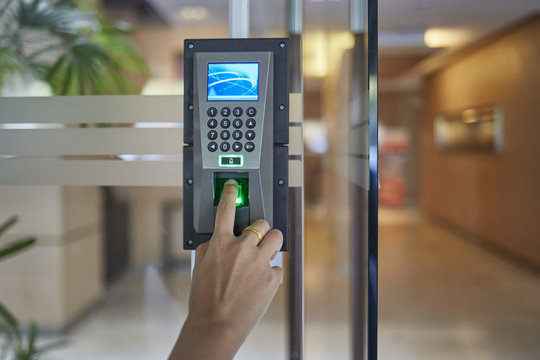In an era marked by rapid technological advancements, the landscape of access control is undergoing a transformative shift, giving rise to innovative solutions that redefine the very concept of entry. Traditional methods of access control, such as key cards and PIN codes, are gradually making way for a new wave of technologies that leverage cutting-edge advancements in artificial intelligence, biometrics, and IoT. One of the most prominent players in this revolution is facial recognition technology. Gone are the days of fumbling for access cards or remembering complex codes; a simple scan of one’s face is becoming the key to unlocking secure spaces. This technology not only enhances convenience but also provides a higher level of security, as the uniqueness of each individual’s facial features ensures a more robust authentication process. Biometric authentication, however, extends beyond facial recognition. Fingerprint and iris scans have become increasingly prevalent, offering secure and personalized access control. These biometric markers provide a level of accuracy and reliability that surpasses traditional methods, reducing the risk of unauthorized entry.

The integration of biometrics with mobile devices further extends the reach of access control, allowing individuals to use their smartphones as virtual keys. This not only streamlines the entry process but also adds an extra layer of flexibility, as access permissions can be remotely managed and updated in real-time. The Internet of Things IoT is another game-changer in the realm of access control. Smart access systems that connect seamlessly with other IoT devices enable a more comprehensive and interconnected security infrastructure. For instance, a smart access control system can integrate with surveillance cameras, enabling real-time monitoring and alerts. This convergence of technologies not only enhances security but also provides valuable insights into user behavior, helping organizations optimize their access control strategies and visit the site. The rise of artificial intelligence AI has further propelled the evolution of access control. Machine learning algorithms can analyze patterns of user behavior, detect anomalies, and adapt access permissions dynamically.
This not only enhances security but also ensures a user-friendly experience, as access control systems become more adept at understanding and predicting user preferences. As the next wave of access control technologies unfolds, the emphasis is not only on enhancing security but also on improving user experience. User-centric design principles are shaping the development of access control systems, ensuring that they are intuitive, seamless, and adaptable to the diverse needs of individuals and organizations. The shift towards frictionless entry experiences, where individuals can effortlessly navigate secure spaces without compromising on security, is a key hallmark of this evolution. In conclusion, the next wave of access control technologies is ushering in a new era of security and convenience. The convergence of facial recognition, biometrics, IoT, and AI is redefining how we perceive and manage entry. As these technologies continue to advance, the future promises not just secure spaces but also intelligent, adaptive, and user-friendly access control solutions that cater to the dynamic needs of our interconnected world.
